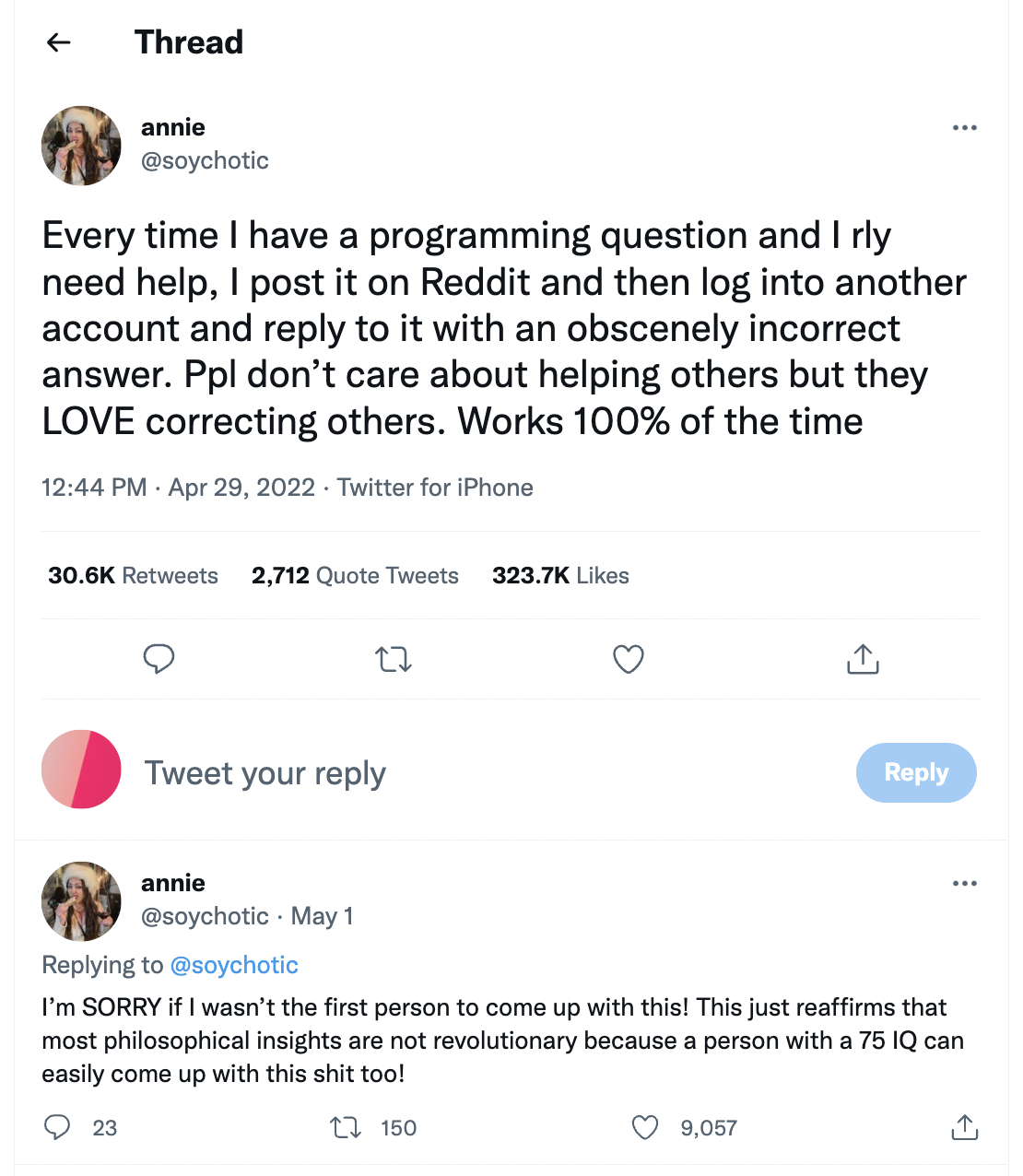Asking for help
Last updated: September 26, 2022
Introduction
Going to keep some notes here about HOW to ask for help – and where and when.
Just keeping some screenshots here for now.
- Our internal chatroom
- Discord/slack
- Forums
- StackOverflow
- etc.
